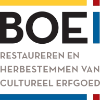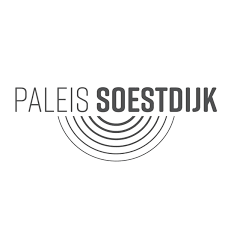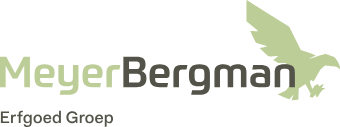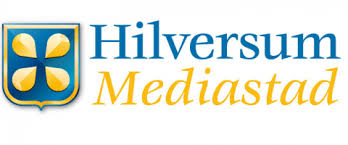Advisory services
OUR EXPERTISE
- Advice in the field of heritage, redevelopment and sustainability
- Advice on social and societal impact with heritage renewal
- Feasibility studies
- Businesscases and investmentmodels
- Cost Calculations
- Design & development of Masterplans
- Process management
- Zoning plan changes
- Step-by-step planning
- Heritage vision papers and policies
- Guidance in participation processes
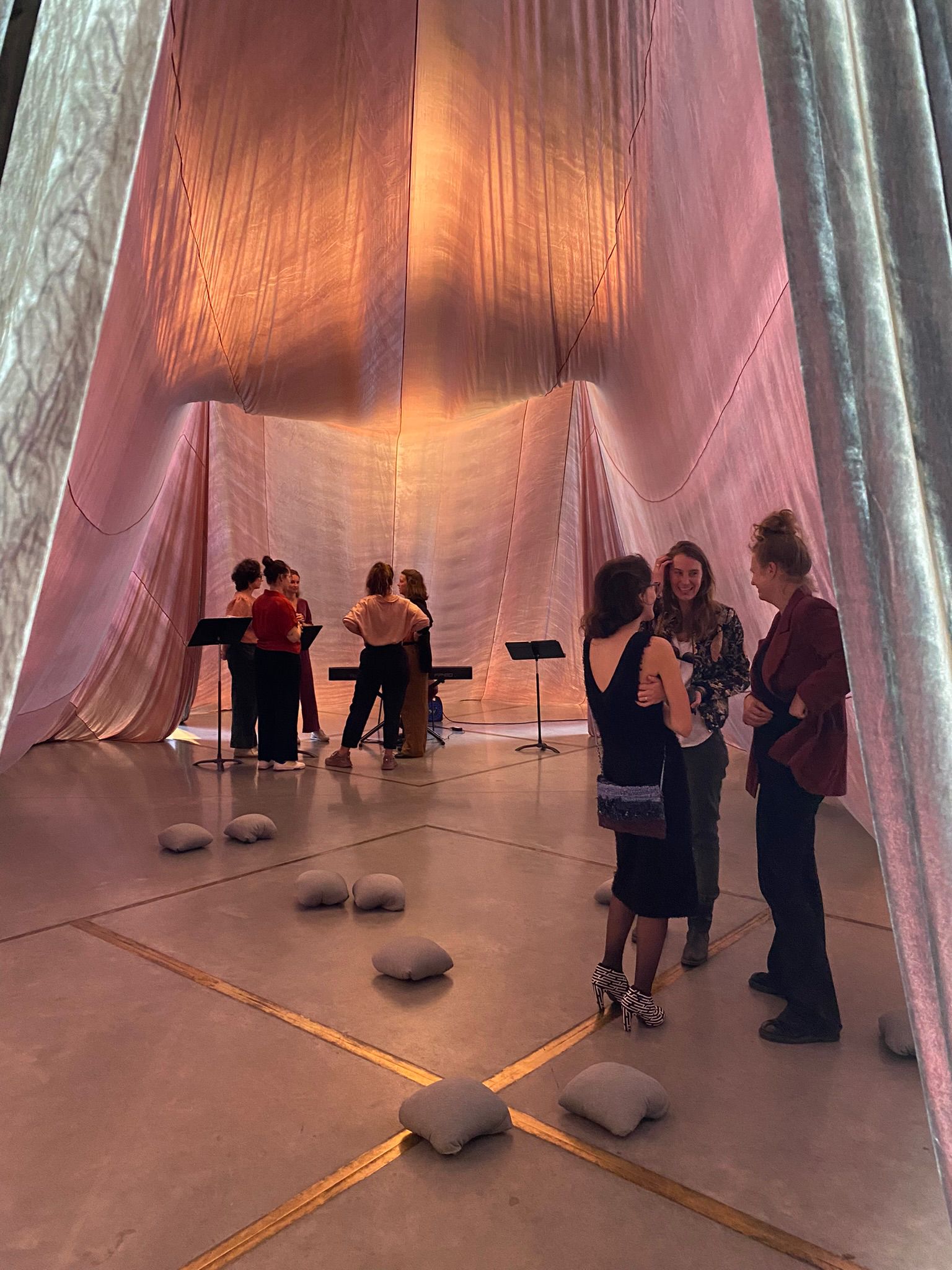
OUR PROJECTS
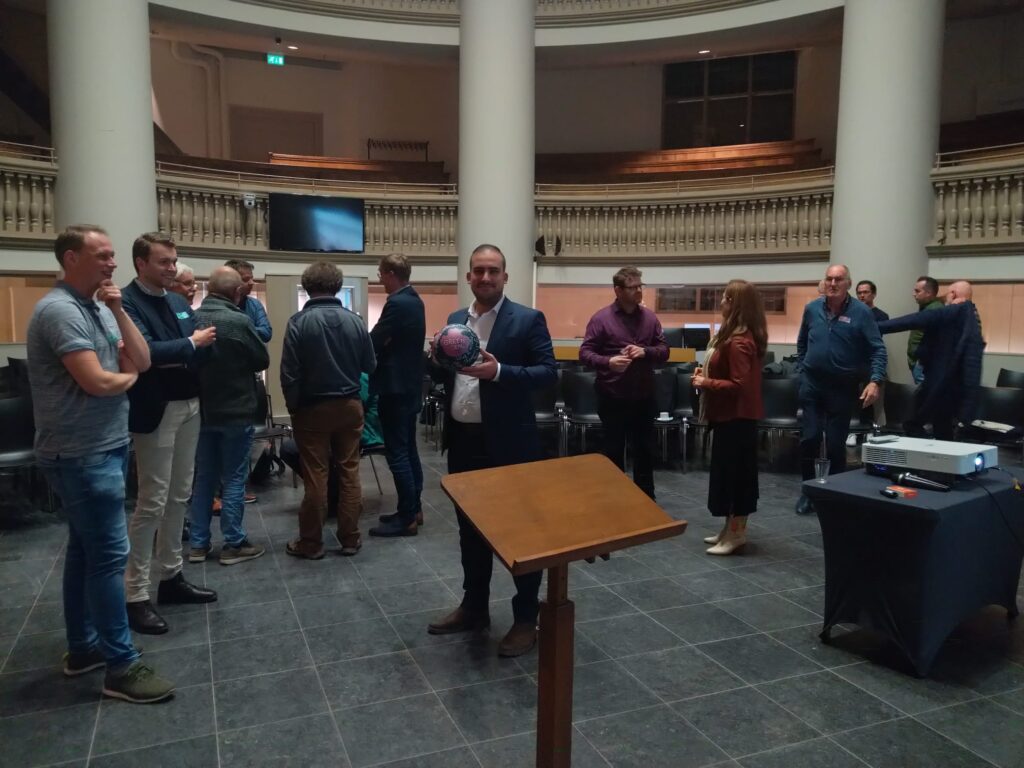
Green Deal for Houses of Worship
Duration 2023-2025, Arnhem
In collaboration with 13 houses of worship, Arnhem has launched the first Green Deal for this target group, as a result of the Action Plan for Religious Heritage in Arnhem. Opportunities are being explored and seized to make these houses of worship more sustainable and to work towards more sustainable behavior of the members of these places, at home and at work. Houses of worship with a religious or social function that have not yet registered can (still) participate.
Masterplan Slot Loevestein + Munnikenland
Publication date: 2023, Slot Loevestein
National museum Slot Loevestein is one of the most famous castles in the Netherlands, mainly because of the escape of Hugo de Groot with the help of a book chest during the Golden Age, when
the castle served as a state prison. But Slot Loevestein and the surrounding Munnikenland
have much more to offer. Did you know, for example, that during the Second World War the
collection of a number of museums and a large part of the National Archives were kept here? And
that the Munnikenland is not only an indispensable food source for rare flora & fauna, due to
the confluence of two rivers, the Waal and the Meuse, but also has an important (military) historical
significance? At this location, special historical stories and authentic Dutch nature come together: a valuable total experience, unique in the Netherlands. A place that demands to be further discovered by
a wide audience.
In order to make this potential more visible and to utilise it, we have developed a Masterplan for the entire area with various experts from diverse fields, such as architects, landscape architects and engineers. We have proceeded carefully and have taken the ambitions, research, policies and visions of our partners over the past years as a starting point in order to arrive at an integrated future-proof plan. We are strengthening and developing the fortress and Munnikenland as a total experience of cultural history and dynamic nature reserve. With this Masterplan we are sketching a spatial final image about landscape, buildings and programming for the future. It also forms the basis for further agreements with our direct partners, to work together towards a flourishing future for Slot Loevestein and Munnikenland as a national icon in this globally unique river landscape and world heritage.
This masterplan is substantiated with an integral business case.
Authors: Rosan Pallada, John Westerbeek-Holtrust, Annemarieke Cijsouw, Ed Dumrese, Rosa Surachno
Graphics: Bureau Steck
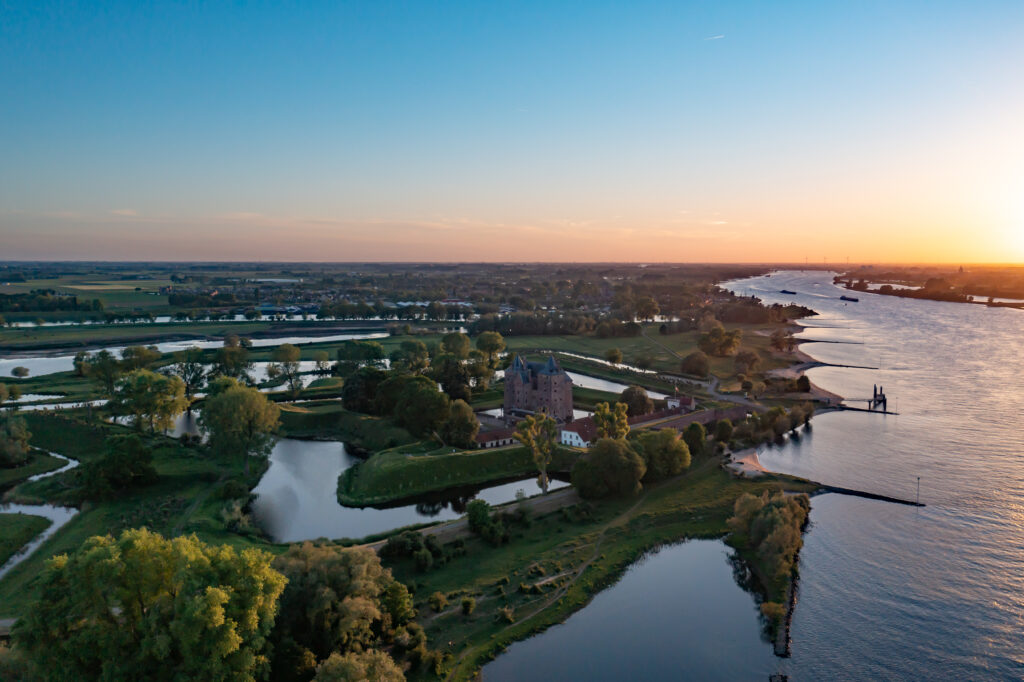
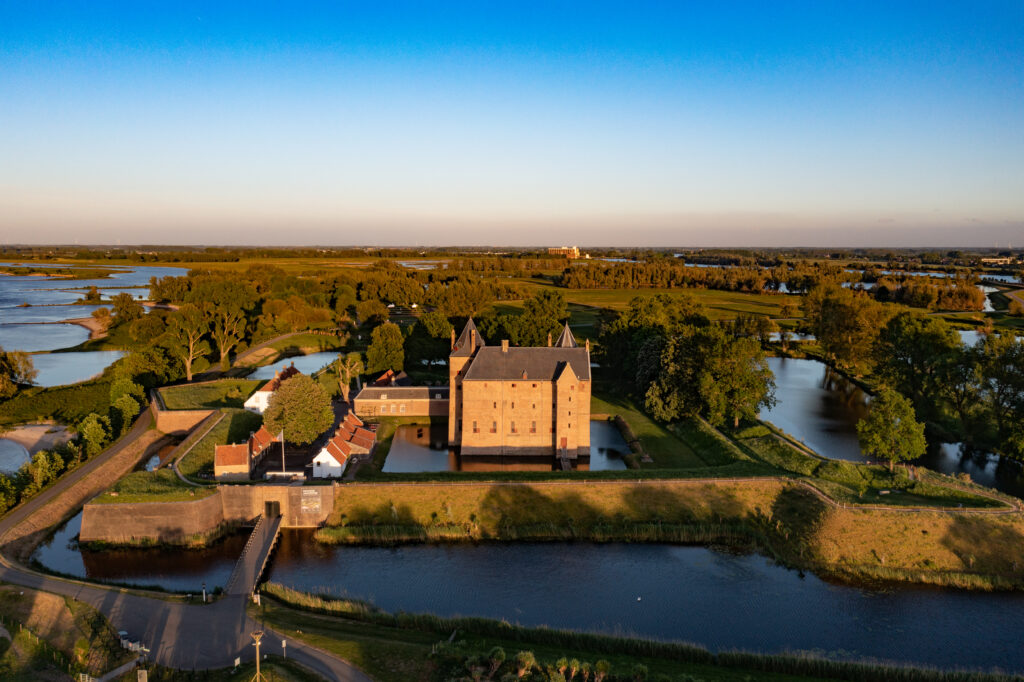
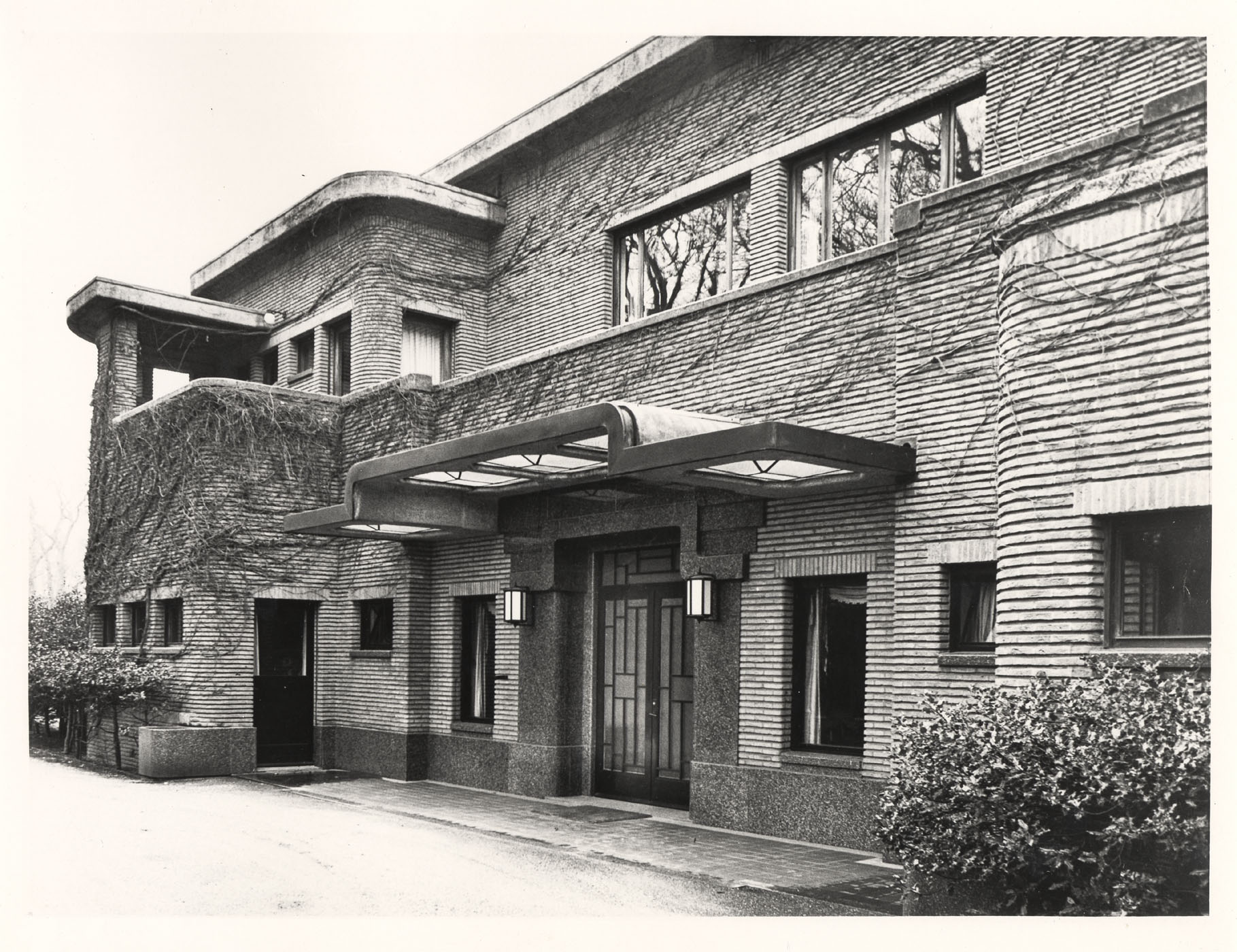

Team: Lakerveld Engineers & Architects (Geert Combrink), University of Manitoba (Shauna Mallory-Hill, Taylor Galvin & Maisie Berens), Tjeerd Deelstra, Rosan Pallada, Ruud Kristelijn
Embassy Residence Renewal
Research period 2023-2024, Wassenaar
Our team was invited by the Embassy of Canada to the Netherlands to participate in a Tender proposal. In this Tender, we were asked to contribute to the goals of the Canadian Government to reduce emissions of the current residence of the Canadian Ambassador in the Netherlands; the listed historical estate on Groot Haesebroekseweg 44 in Wassenaar.
This assignment was, in our view, much broader than the reduction of its carbon footprint in a ten-year timespan. With different perspectives strengthening each other, we approached our inquiry by looking at this assignment through multiple lenses to allow for a more comprehensive solution.
The dominant Canadian perspective is a “western cultural perspective,” which is a worldview based on scientific, individualistic, proof-based knowledge. It is in many ways similar to the Dutch cultural perspective. However, the Canadian perspective is not only a European, western one. Canada’s diverse multicultural population also includes Indigenous peoples whose knowledge systems are holistic, experiential, relational, and land-based.
Carbon reduction, through optimisation of the energy management of the estate, was seen as the core of the assignment. However, to successfully create a plan for an estate that is sustainable well into the future, the building’s renovation and preservation considerations also need to be incorporated into the sustainability proposal. As an Embassy dwelling offers a unique chance to showcase what Canada has to offer, we worked closely with Canadian Indigenous people on the design of the restoration plans and incorporated their perspectives into the final proposal.
The project had to be replicable at other Canadian diplomatic properties worldwide and was accompanied by a solid business case.
Action Plan for Religious Heritage in Arnhem
Publication date: 2024, Municipality Arnhem
Preserving history and culture is a social responsibility that transcends generations. Particularly when it comes to heritage that is related to the diversity of religions in a city or village. Arnhem has a wealth of religious heritage. Within the municipal boundaries there are 42 places of worship that were originally built as places of worship. In addition, there are many former schools, villas or other types of buildings
currently dedicated for worship. A significant number of these places are national monuments or municipal monuments. They are also part of protected cityscapes. The other buildings might not have a
protected status, but are equally valuable. Whether you have a religious background or not: places of worship are often, literally and figuratively, a beacon in our living environment.
The future exploration research of 2022 has provided in-depth insights that have served as a guideline for an ambitious action plan to preserve and strengthen the religious heritage in Arnhem. The future exploration has resulted in six main conclusions with 21 corresponding recommendations. Based on these recommendations, we now present an action plan, with five concrete actions, that form a roadmap to safeguard, experience and strengthen the essence of Arnhem’s religious heritage.
Authors: Rosan Pallada, Boukje Overbeek
Graphics: Marije Rebel

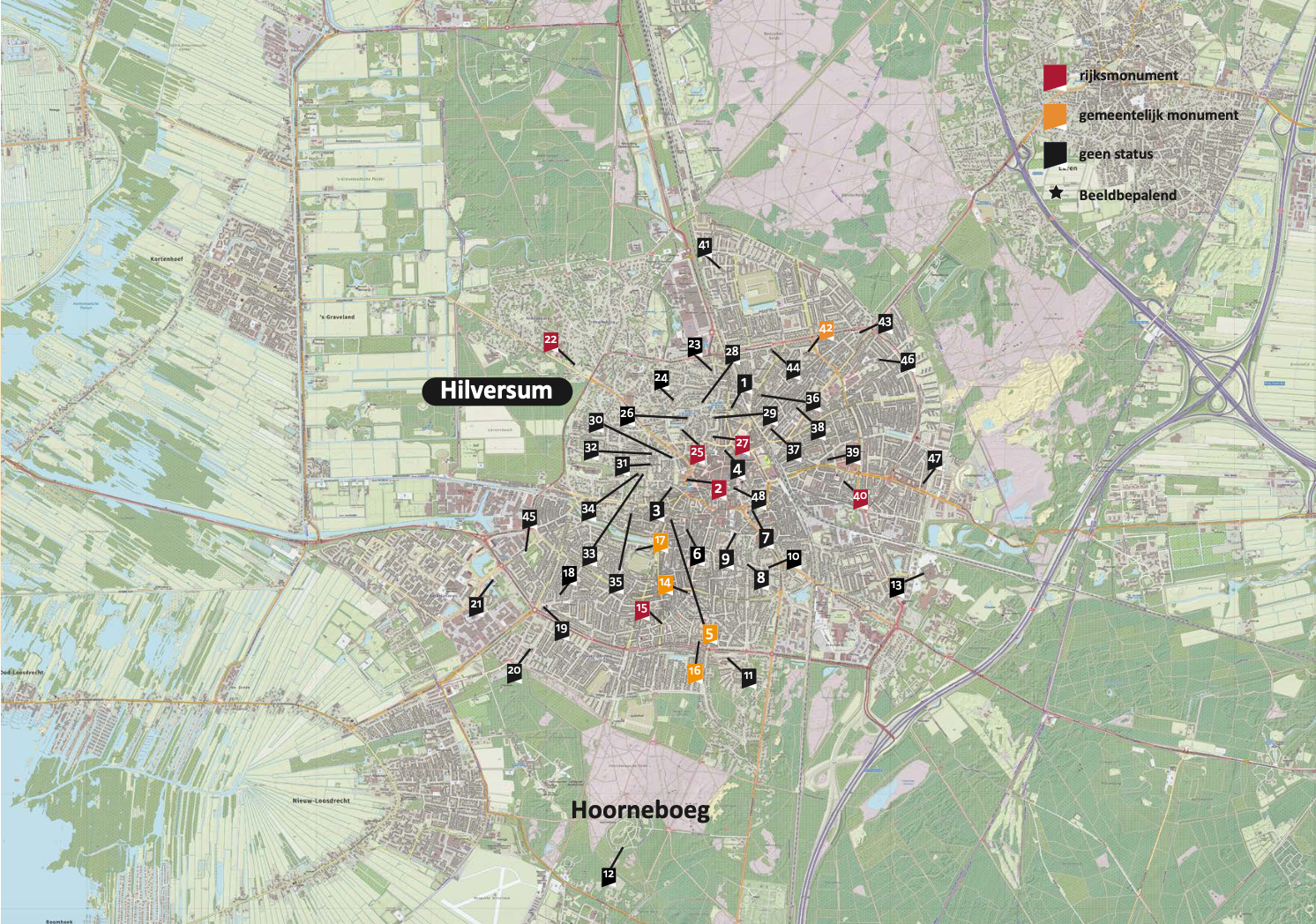
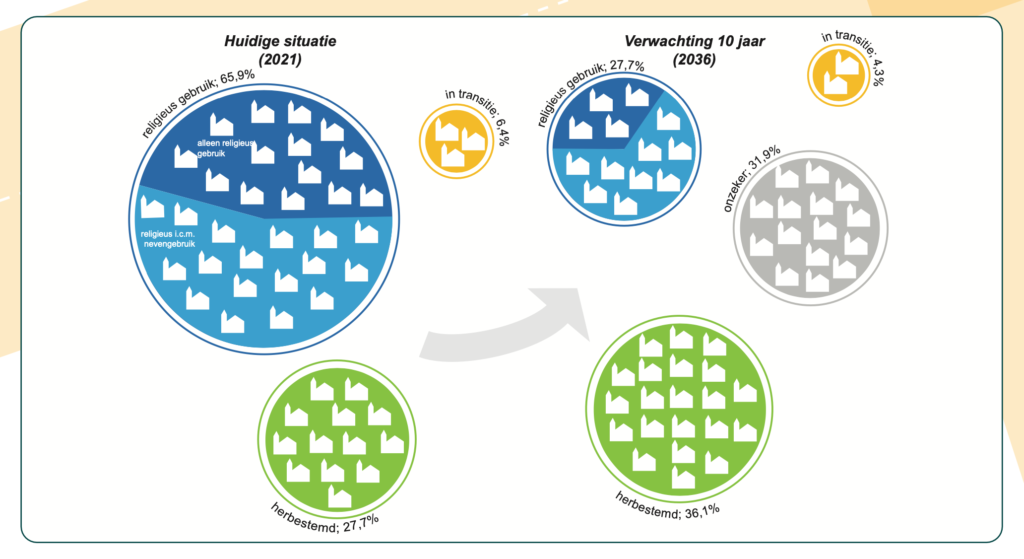
Authors: Rosan Pallada, Lotte Portier, Annette Koenders, Heleen Agterhuis & Dewi Kuen
Graphic design: Dewi Kuen
Route Religious Heritage Hilversum
Publication date: 2021, Hilversum
Hilversum is located in one of the oldest inhabited regions of the Netherlands and has a diverse religious climate with a wide range of denominations. In addition, Hilversum is a young monumental city par excellence. Hilversum is known to everyone as the example of a successful garden city, with Dudok as the house architect. The religious landscape and the monumental buildings are a large part of Hilversum’s identity. This is one of the reasons why it is important to make an inventory to gain insight into the landscape and to investigate how the denominations are doing. This helps to support owners who want to retain the religious function of their building.
During the investigation of places of worship, 49 religious buildings were included in the research in Hilversum. This concerns all buildings that were built for religious worship, or that are currently owned by a religious community. Not all places of worship that are part of this study were originally built for religious worship. Other types of buildings are currently also being used, such as former garages and converted homes. In addition, there are several communities that don’t own a building. They use someone else’s building, or rent a theatre or an outdoor location, for example.
In Hilversum, a total of 47 buildings were originally built for religious worship. Of these, 11 have been demolished in the past and 13 have become vacant or been repurposed. As a result, there are still 23 original places of worship in religious use.
CPO Klein Crailo
Project: 2021, Gooische Meren
Klein Crailo is a group of self realising housing residents who deliberately choose to become a lively part of the larger Neighbourhood Crailo. Klein Crailo stands for environmentally conscious, social living with different generations next to each other in a beautiful, natural environment in the middle of the Netherlands. Multi-generational housing is a logical choice for Klein Crailo. In addition, ‘social
sustainability’ is an important starting point for Klein Crailo. This means that Klein Crailo members
want to be sustainable in terms of lifestyle as well as in terms of environmental footprint. Together they form a ‘neighbourhood’ of like-minded neighbours who live independently, but help each other and are consciously dependent on shared social facilities.
In 2021 we helped the group of initiators to determine how they wanted to live and how they woud be able to afford that kind of lifestyle. Through several workshops we concluded that the former museum building at Crailo, Gooische Meren would be the best suitable location for this inititative. By making the submission more specific and financially substantiated, we could help the initiator win the tenderprocedure, which means they are allowed to establish themselves here. This project in currently under construction.
In collaboration with Studio Massimo
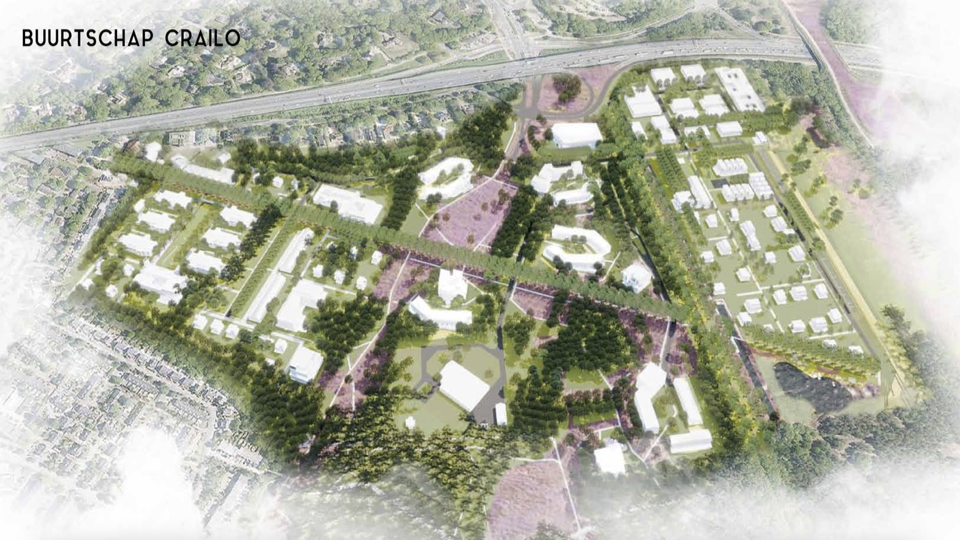
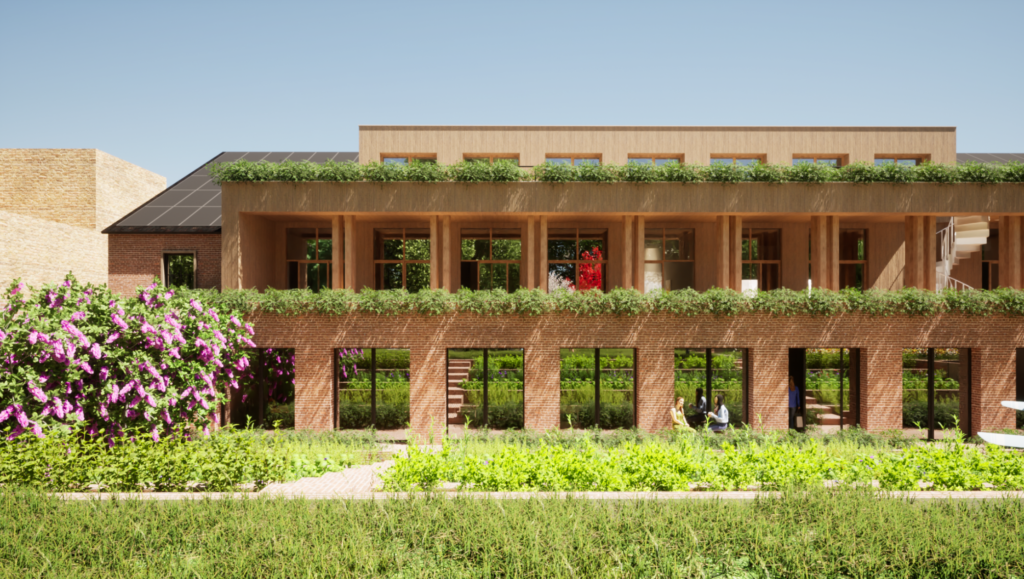

Authors: Rosan Pallada, Boukje Overbeek, Heleen Achterhuis, Henk Jan Lekkerkerk, Martin van Bleek, Heidy Bos
Graphic design: Yurr Studio
Future Exploration Religious Heritage
Publication date: 2022, Arnhem
The future exploration investigated the current state of the communities and the places of worship, the challenges and ambitions that exist and how these ambitions can be safeguarded. An inventory was also made of the current state of memberships, financial resources, the vision for the future per community and the condition of the buildings. This future exploration reveals opportunities and challenges that serve as input for a vision and action plan for religious heritage in Arnhem. The research already revealed great opportunities and smart collaboration possibilities within the municpality and with the communities behind the places of worship.
OUR CLIENTS
We have worked with the following clients
In the last 10 years we have gained our diverse experiences through different projects and processes for a broad scala of clients.
Are you curious about references? Don’t hesitate to send a message and we can get you in touch with the corresponding contactperson of the project.

